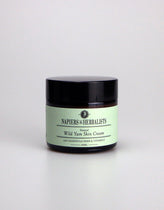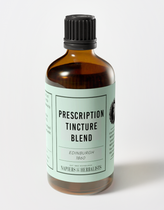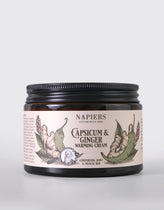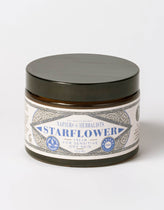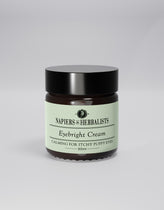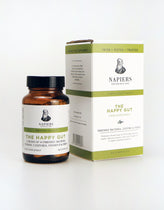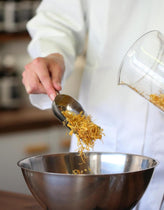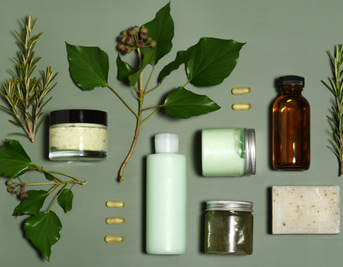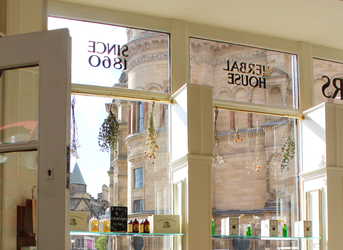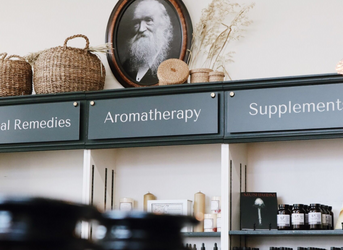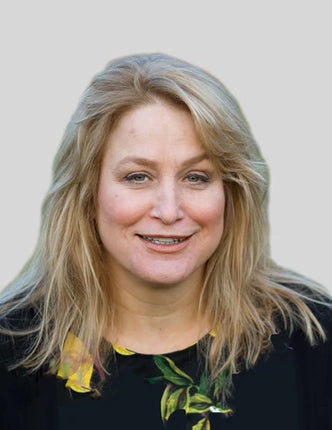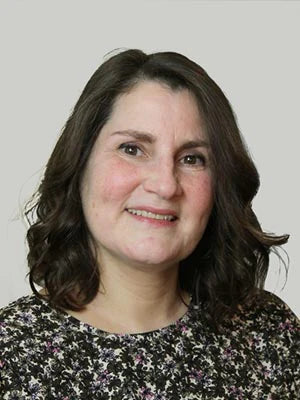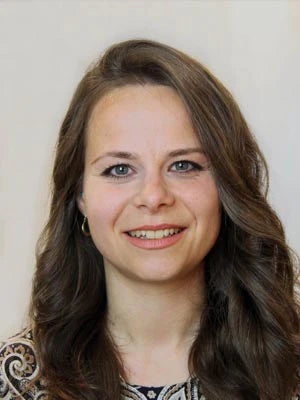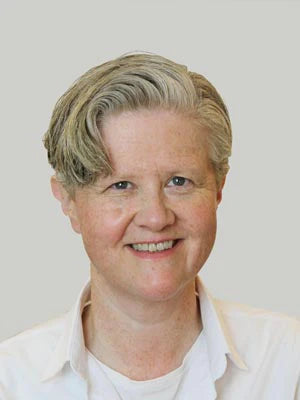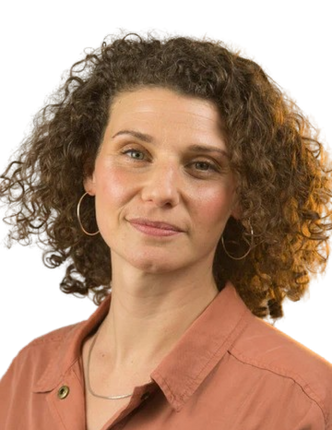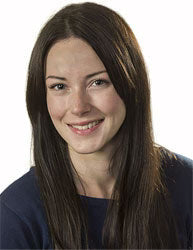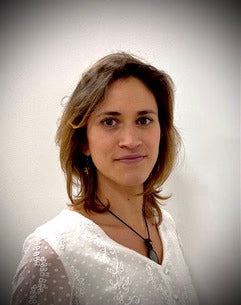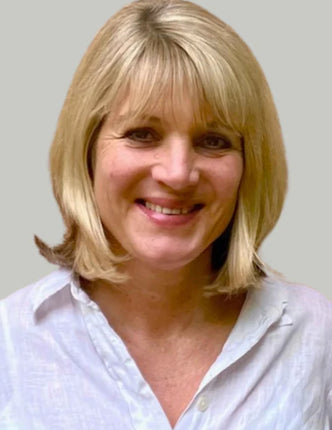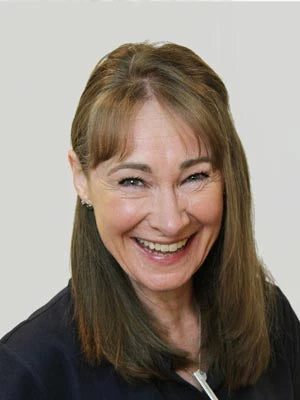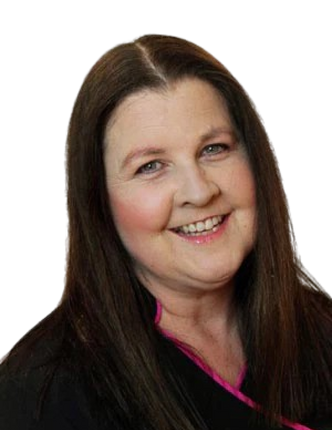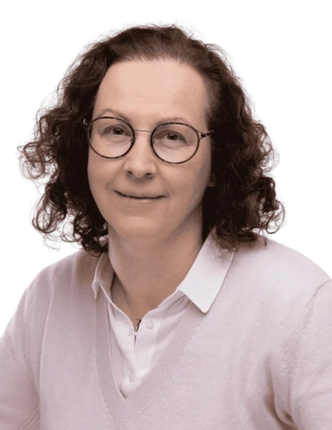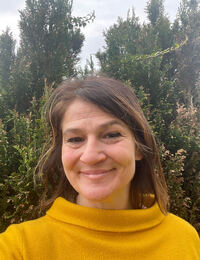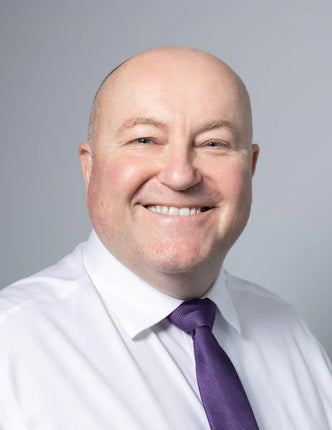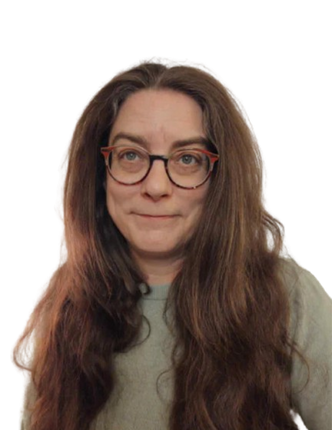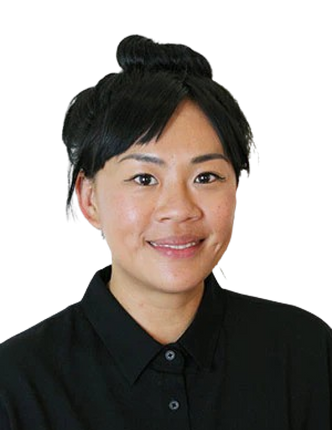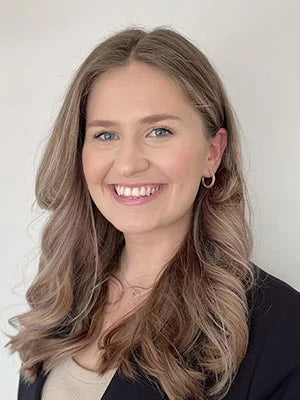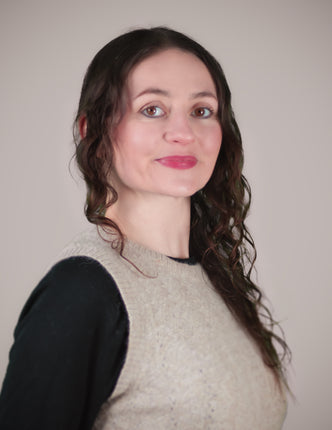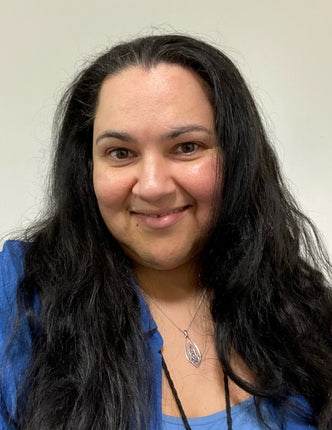Sophrology Practitioner - Mind & Body Therapy Trainee in CBT - Cognitive Behavioural TherapyCOSCA (Counselling & Psychotherapy in Scotland) Cybele is a passionate Sophrologist and founder of Chamapola, Healing Yourself - Healing Together....
Keep ReadingWith some people recommending drops, others teaspoons and others ml, it can get very confusing measuring a dose of herbal medicine. Here at Napiers we use ml for accuracy. Read more here.

Doses and Measures
With some people recommending drops, others teaspoons and others ml, it can get very confusing measuring a dose of herbal medicine. Here at Napiers we use ml for accuracy.
DROPS
We use millilitres because they are a fixed measure of a unit by volume. With drops there is a lot of variance. Different liquids have different viscosity and form different sized drops. Larger drops require less per ml than small drops. For example:
Glycerite tinctures: 15 drops per ml (average)
Essential oils: 20 drops per ml (average as range varies widely)
Water: 27-28 drops per ml
Alcohol tinctures: 20 drops per ml
DROPPERFULS
Dropperfuls are misleading as there are long and short droppers and different thicknesses of dropper. So unless a dropper is graduated (marked) it is impossible to gauge the dose. So this measurement is only useful if you are using a dropper measurement just for the compound that the dropper came with. If using a dropper or pipette to dispense drops, remember that a wide dropper will give a larger drop than a narrower dropper too.
TEASPOONS
Teaspoons are also misleading unless they are marked. Some teaspoons (like medicine teaspoons) are 5 ml but many are 4 ml.
MILLILITRES
We like millilitres (ml, ML) because they never vary! A millilitre is a millilitre is a millilitre. Just two things to watch out for though. 1. When using a measuring column (cylinder) to measure larger amounts, always measure the mark to the bottom of the curved meniscus of the fluid. 2. If measuring a thick substance you may find some sticks to the column on the way out, so make sure you allow enough time for it to drain right out.
DON'T WORRY
Our marvellous human bodies are incredibly good at managing a wide range of doses and taking what it needs. Accuracy is essential on medicines with a narrow therapeutic index - such as heart drugs (digitalis) or any toxic medicines - such as chemotherapy (yews). You are very unlikely to come across these categories in herbal medicine unless your medical herbalist has prescribed a Schedule III herb. In that case, your medical herbalist will give you a very precise instruction of how to take the herb, or will have mixed it into a blend so that you are only ingesting a tiny amount.
Most herbs are broad spectrum and also part of the natural food supply. As well you know, your body can handle 1 clove of garlic or 5, 1 seaweed sushi roll or 8! So where the herbs have a food use such as peppermint, chamomile, ginger, lemon balm and so on, taking a few drops of ml more than you planned will not be harmful.
The more specialised the herb is as a medicine and not a common food, the more careful you need to be. So stick to ml as your way of measuring, don't buy Schedule III, banned or novel herbs with no track record, and consult a herbalist if you're not sure.
